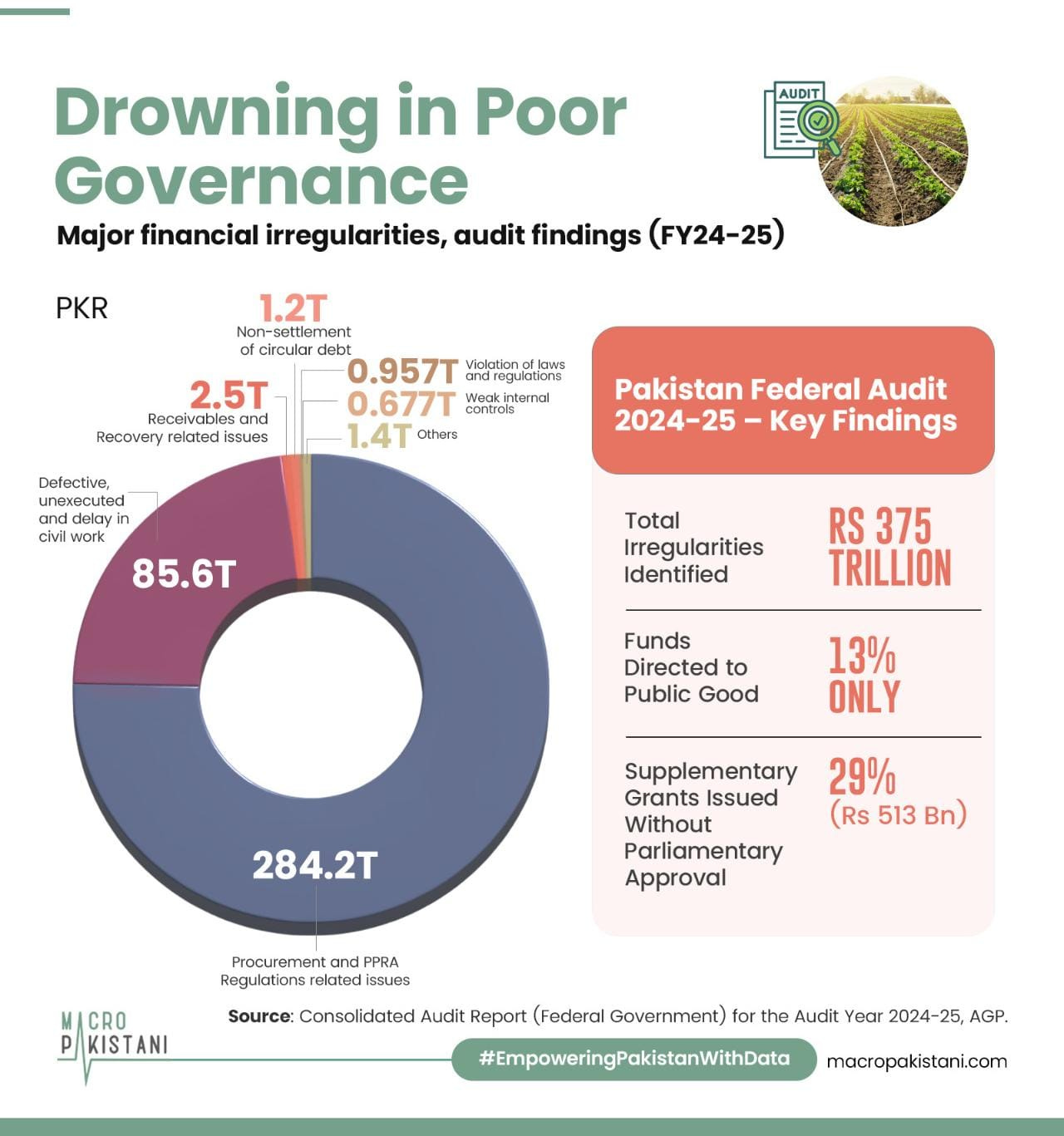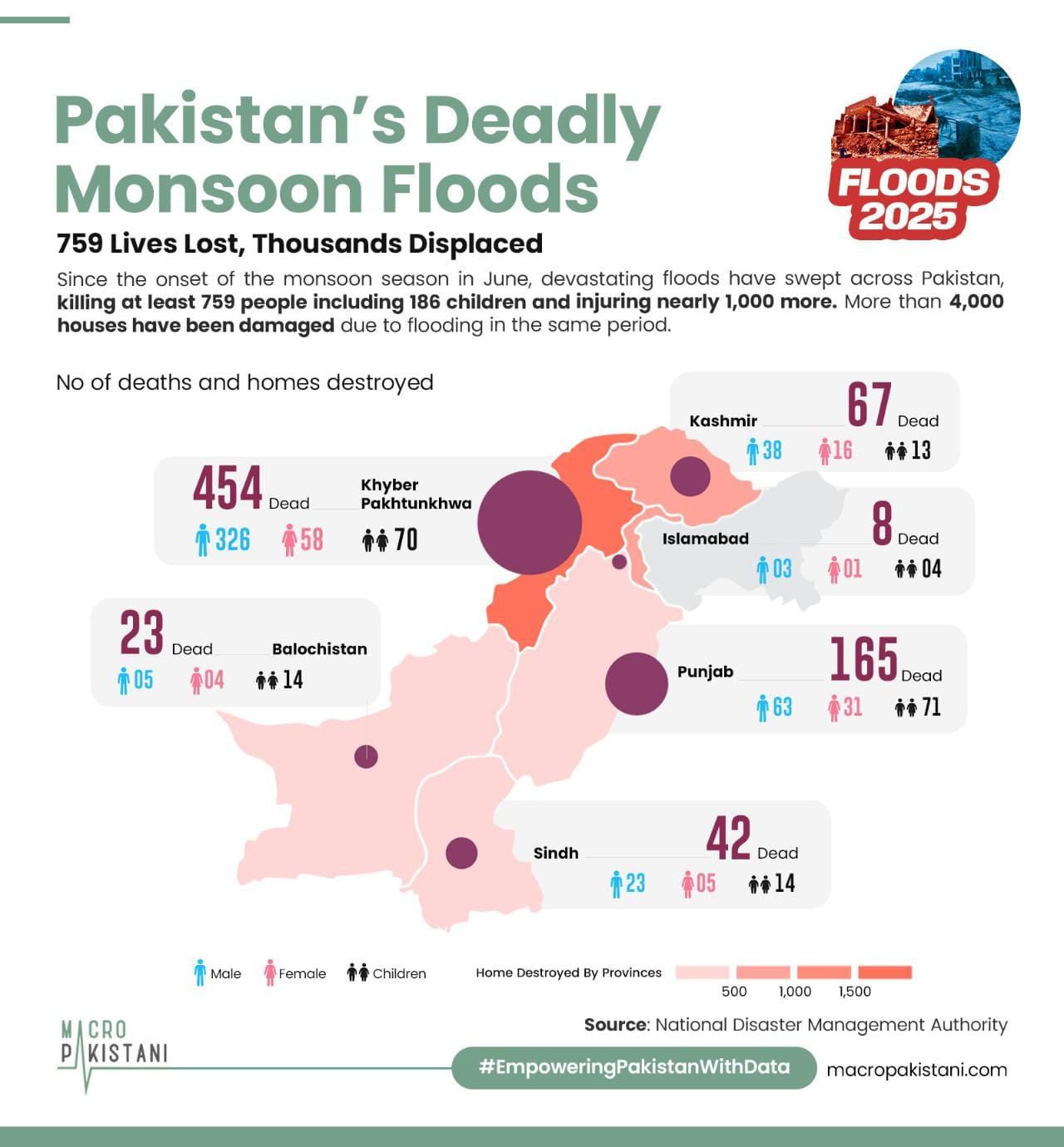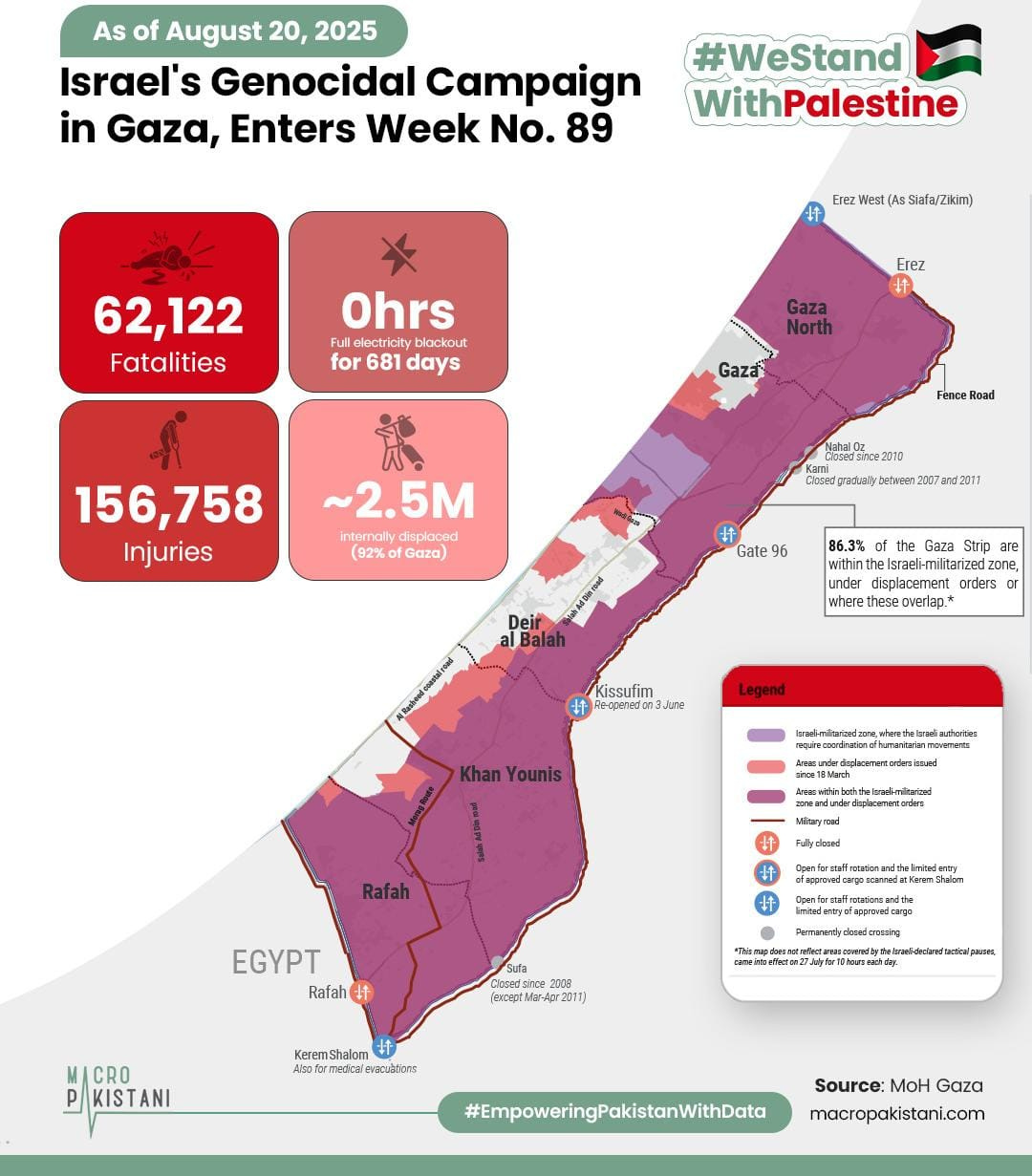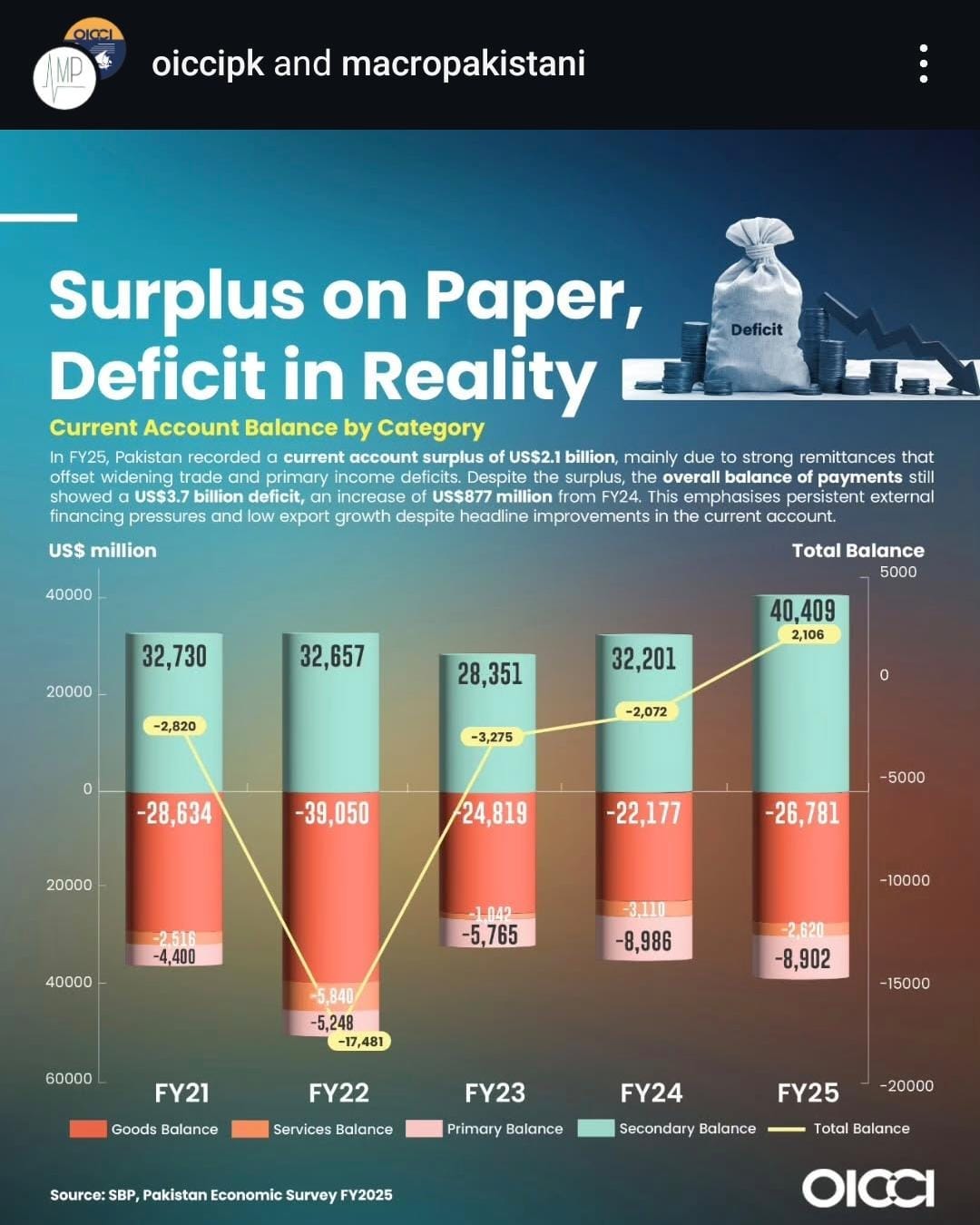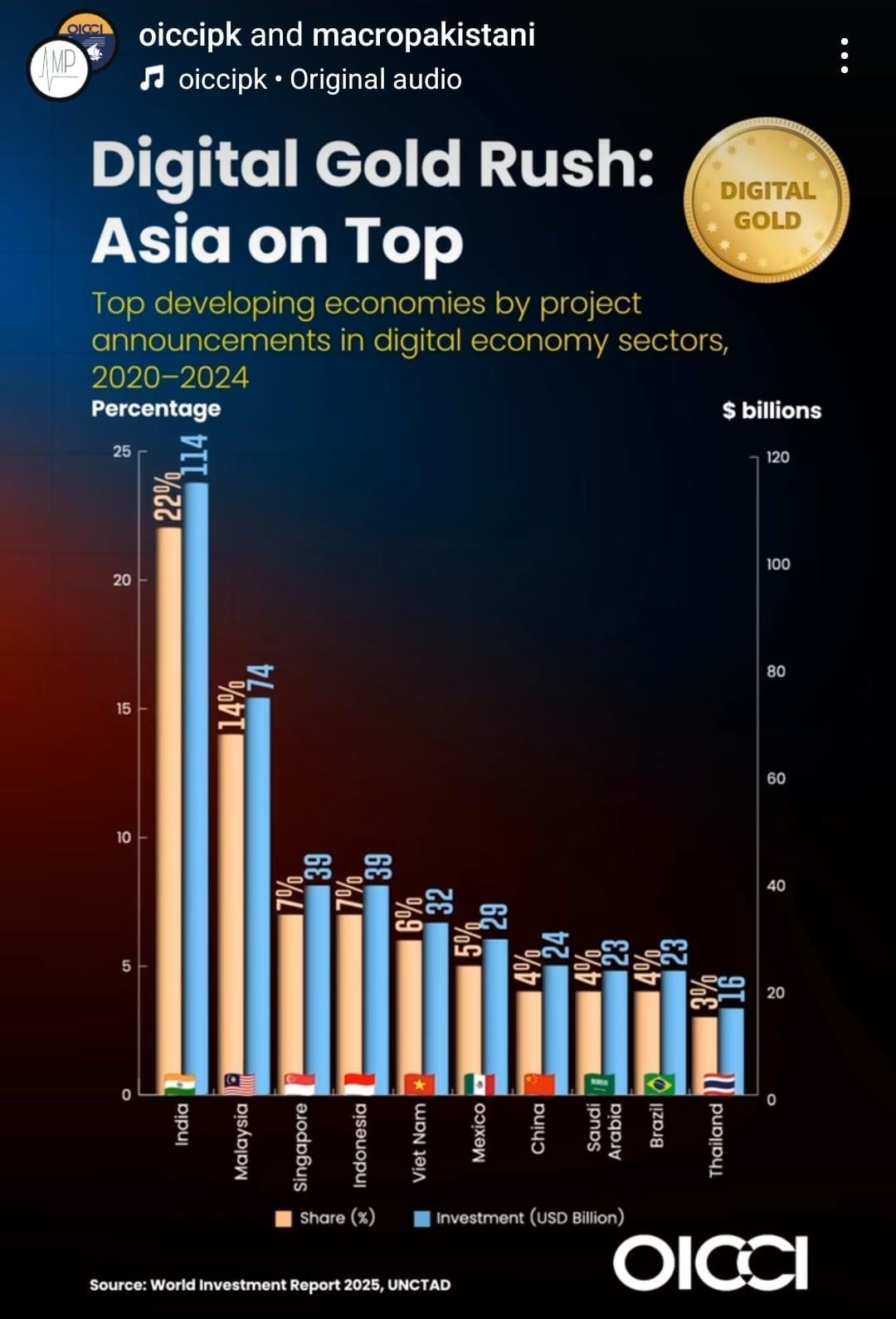Drowning in Poor Governance
Pakistan’s floods expose not only climate chaos but also its own policy failures and poor governance.

Pakistan is facing one of its toughest monsoon seasons in recent years, with floods wreaking havoc from the northern mountains of Gilgit-Baltistan to the streets of Karachi in the south. Since late June, more than 739 people have lost their lives, over 2,400 homes have been damaged, and thousands of families have been displaced. Khyber Pakhtunkhwa has been hit hardest, where torrents of floodwater have swept away entire villages, leaving hundreds dead and schools destroyed, while children remain among the most vulnerable. In Sindh, Karachi has seen deadly urban flooding with power outages and submerged roads, while Punjab struggles with overflowing rivers damaging crops and livelihoods. The devastation comes just three years after the catastrophic 2022 floods, representing Pakistan’s erratic descent into a disaster-ridden country. At the same time, the Auditor General of Pakistan has noticed some discrepancies in the country’s disaster management infrastructure, while Gilgit-Baltistan’s parliament has raised questions about awareness systems.
The UNDP-supported GLOF-II project expanded efforts to protect communities in Gilgit-Baltistan and Khyber Pakhtunkhwa from deadly glacial lake outburst floods (GLOFs). Covering 10 districts and 29 million people, it builds on GLOF-I by strengthening early warning systems, updating policies, and installing protective infrastructure like dams, drainage systems, and weather stations. However, Gilgit-Baltistan lawmakers have alleged massive misuse of funds meant for flood rehabilitation, including under the UNDP-backed GLOF-II project, claiming money was spent on seminars and officials instead of victims, with speculative amounts hovering around Rs. 35 crores. Many displaced families reportedly received no compensation, while locals rebuilt damaged infrastructure on their own.
In a similar vein, the Auditor General’s report on NDMA highlights observations worth Rs. 28.6 billion, including recoveries of Rs. 2.6 billion. The audit also found widespread public dissatisfaction with NDMA’s awareness campaigns, disaster preparedness, and relief efforts, with over 70% of respondents having limited awareness of disasters and NDMA, and 84% dissatisfied or neutral about its overall performance. The report correspondingly uncovered unauthorised spending of Rs 21.7bn from the National Disaster Management Fund, including civil works and relief procurement, and highlighted overpayments to contractors. Further irregularities included mis-procurement, overpriced contracts for Karachi nullah works, and unauthorised event management expenses, collectively causing losses of several billion rupees.
Undoubtedly, Pakistan is on the frontlines of climate change, paying the price for the Global North’s excesses. But the scale of mismanagement, corruption, and weak governance noted above shows that the country is also sabotaging its own resilience.
If larger climate catastrophes strike, and they will, Pakistan’s greatest vulnerability may not just be the melting glaciers or rising floods, but its own broken policies and institutions.
GRAPHICS
The scale of the humanitarian disaster in Gaza defies description. Beyond the loss of life, the genocidal campaign has displaced hundreds of thousands of people, many of whom are living in temporary shelters with little to no access to clean water, food, electricity, or healthcare.
In FY25, Pakistan recorded a current account surplus of US$2.1 billion, mainly due to strong remittances offsetting widening trade and primary income deficits, yet the overall balance of payments still showed a US$3.7 billion deficit, US$877 million higher than FY24, showing persistent external financing pressures and weak export performance.
Globally, greenfield investment in the digital economy has almost tripled since 2020 to $360 billion, now making up nearly one-third of all new projects. However, around 80% of this digital investment in the Global South went to just 10 countries, led by India ($114 billion, 22%), Malaysia, Singapore, and Indonesia.
For Pakistan, the key challenge is not just to increase inflows but to redirect capital towards digital inclusion, infrastructure, and value-added sectors like mineral processing, learning from Vietnam’s trajectory, where FDI surged from $342 million in 1988 to $38.23 billion in 2024, fueling industrialisation, exports, and productivity gains.
Data Visualization & Marketing Partner: Brand Nib
For queries related to paid partnerships and collaborations, please reach out via WhatsApp:
Grateful for the ever-growing list of collaborators!
About Us: Macro Pakistani is a data-driven research platform that aims to provide a basic understanding of Pakistan’s economy. If you have an interest in contemporary news but are currently overburdened with sensationalism and specialized vocabulary, we are the platform for you.
How are we doing? Please send us any questions, comments or suggestions.
